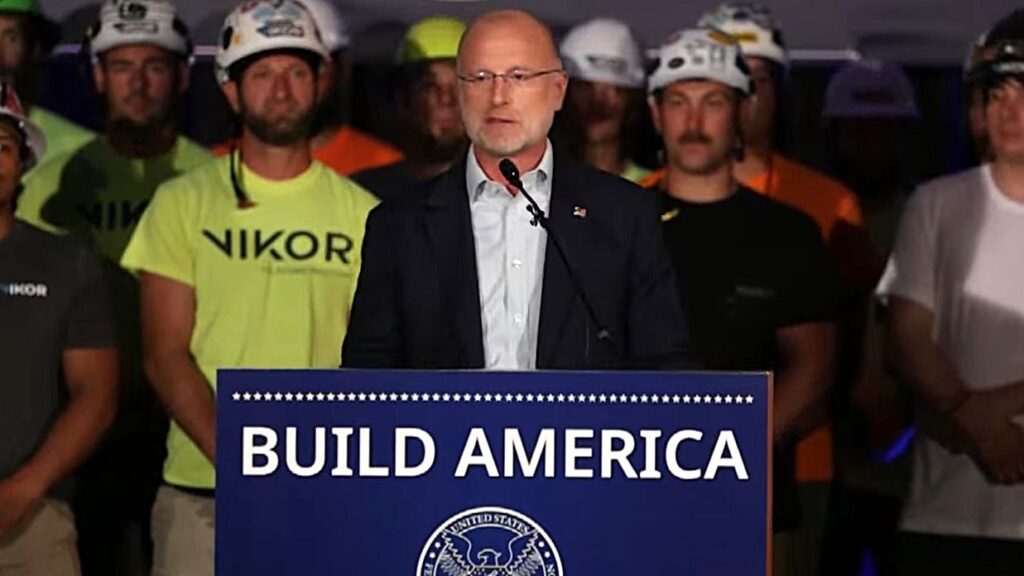RE Magazine Elevates Innovative Fiber Projects
Randy Sukow
|

NRTC members are prominent in RE Magazine’s August issue. The magazine gave companies supporting rural electrics’ broadband projects a chance to publish case studies. NRTC proudly offered for publication South Central Indiana Rural Electric Membership Corp.’s (SCI REMC) fiber-to-the-home (FTTH) partnership with nearby telephone/internet provider Smithville Communications.
“We already have all the construction crews up and running in the area” (pictured), said James Tanneberger, president and CEO, of SCI REMC. NRTC Broadband Solutions is managing the project.
It was a long and sometimes rocky process for the two companies as they developed the partnership. In the end, they identified an area where their two services areas overlapped and about 3,400 residents did not have access to broadband. They found a way to use both companies’ strengths and build a network economically.
Tanneberger estimated that it might have cost as much as $83 million for one company to build FTTH in the area alone on its own. The two companies hammered out a plan, working with NRTC, that will instead will instead cost the partnership an estimated $67 million.
“That’s a real motivator for coming together and working something out for a win-win,” he said. “Come back to the table every time and realize that, ultimately, it pays to work together.”
Fiber network systems company ADTRAN submitted a case study about United Cooperative Services’ (UCS) fiber project in Texas. UCS has gotten industry attention for choosing to build the majority of its network with fiber technology of the future, ADTRAN’s 10-Gigabit Symmetrical (XGS-PON) system featuring significantly greater capacity than standard Gigabit Passive Optical Network (GPON) technology.
“It increased the cost of the equipment by 11 percent, but it was the right long-term decision to make for the members,” UCS CEO Cameron Smallwood said.
NRTC conducted the feasibility study for the project. The results showed that an all-fiber network was not feasible, but the company could afford the network if it delivered high-speed service to 10,000 of its 62,000 members by fixed wireless links. The question remained: would the members accept a hybrid network?
UCS put it to a full member vote in June 2019. A third of the membership participated with a solid 91 percent favoring the plan. “Our members are more eager than ever for us to get them high-speed internet service,” Smallwood said.

